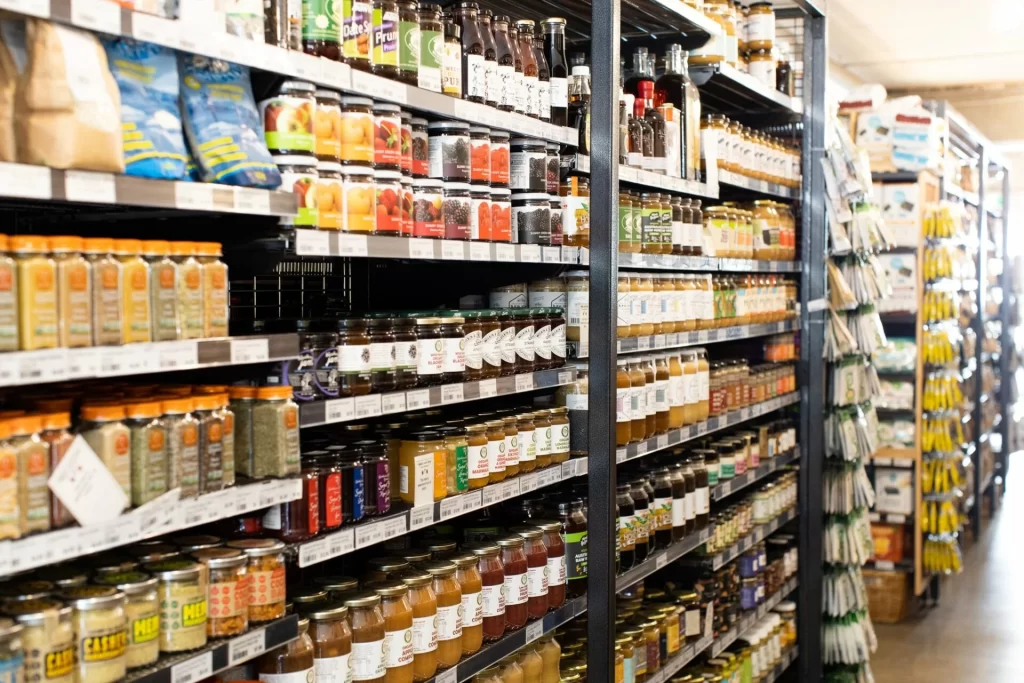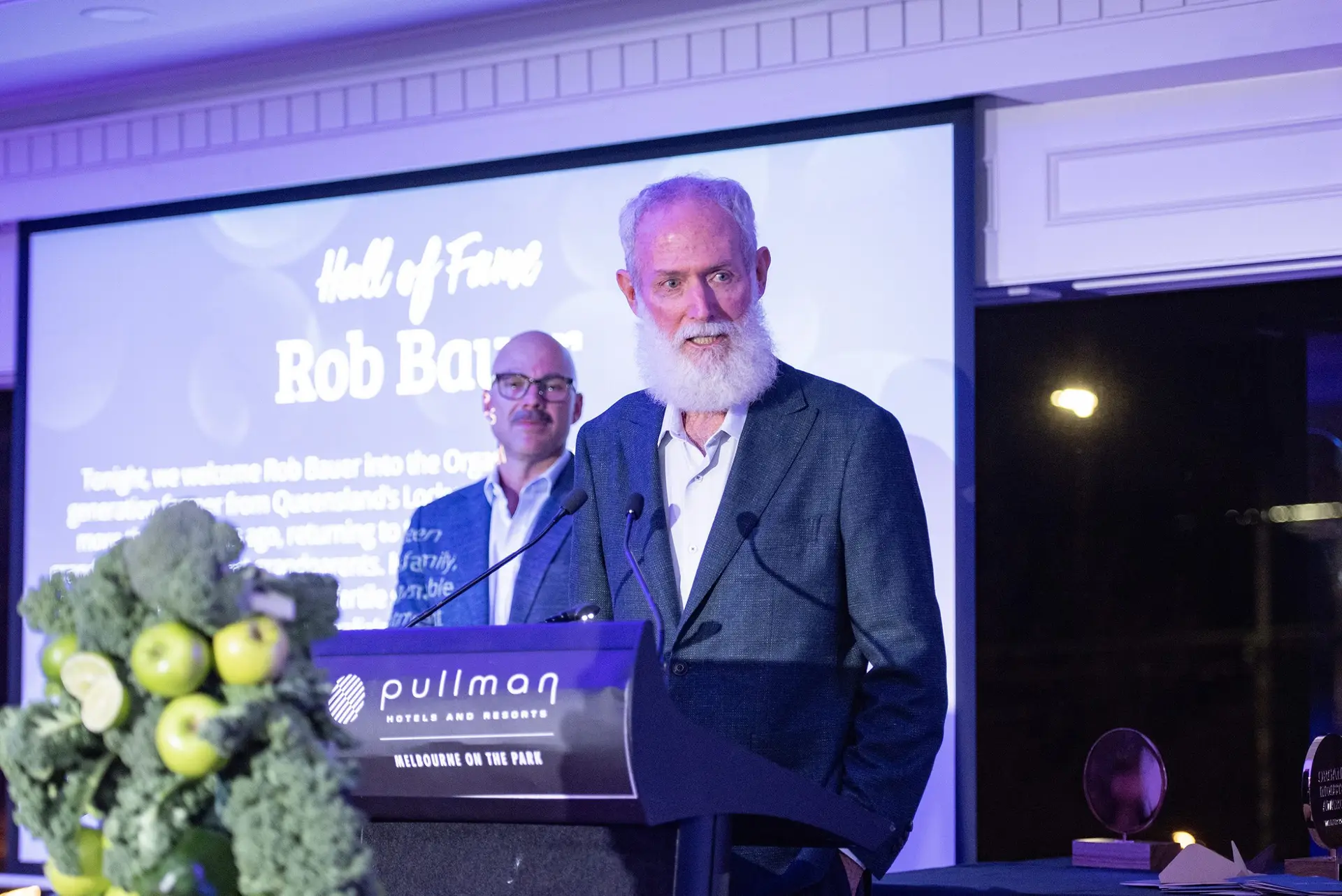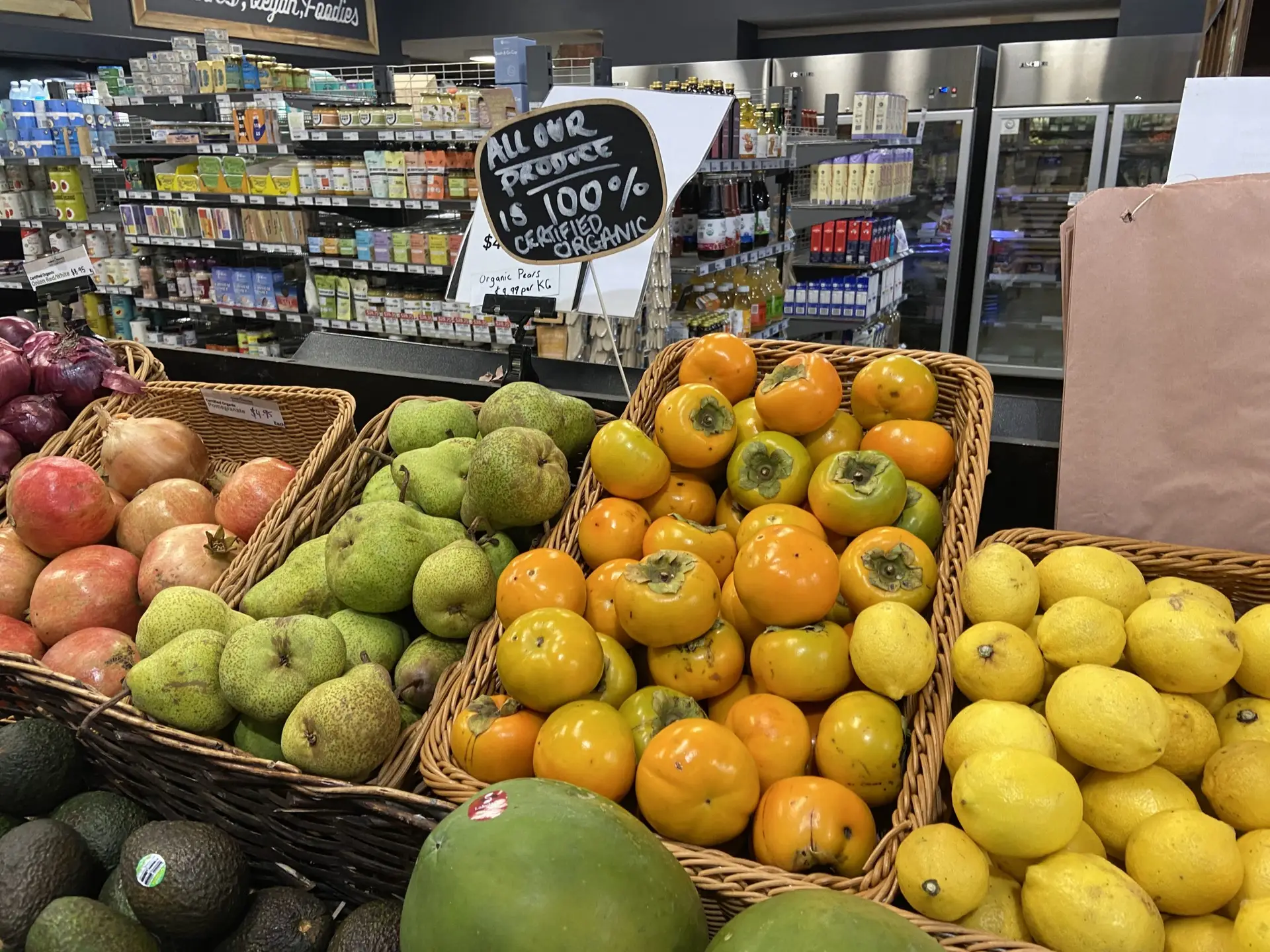THE increasing availability of organic products and the desire for more healthy living is driving greater demand for organic products according to a new survey of shoppers, with almost six in 10 people purchasing at least one organic product in the past year.
The survey was conducted for Australian Organic Awareness Month, on behalf of Australian Organic Limited (AOL), and asked more than a thousand food shoppers about their attitudes towards organic products.
It found that 58 per cent bought at least one organic product in the 12 months prior, up from 56pc in 2021. This suggests more people are embracing the benefits of certified organic foods that are produced without synthetic fertilisers, antibiotics, toxic pesticides or synthetic preservatives, flavours and colours.
As the Australian economic climate becomes more challenging, the survey also found 85 per cent of all food shoppers indicated price was a barrier to buying organic, compared with 64 per cent in 2021 and 63 per cent in 2019.
AOL CEO Niki Ford, said while certified organic products often cost more because of the way they were produced, there are also a number that may be comparable or even less, and many ways to affordably integrate organic into a household’s weekly shop.
“It’s the question I get asked the most, why do organic products often cost more?” Ms Ford said.
“There will be a premium for the benefits associated with growing things organically. Fruit and vegetables are not treated with unnatural chemicals or boosted with synthetic fertilisers and more space is required for organic livestock because they must be allowed to be free to roam.
“But what we have seen is as the market grows for organics, the price becomes more competitive.
“And there are ways to shop organic more affordably.”
Organics can be cheaper
Sometimes organic goods are comparable, or cheaper, to their conventional brand-name equivalents.
Organic beverages, organic baby food pouches, tea bags and soy milk are often similar in price or cheaper. It’s worth comparing.
Organic delivery boxes
Ms Ford said she began her organic journey with fresh fruit and vegetables when she was introduced by a friend to a local delivery service.
“I purchased my first box more than a decade ago and have never looked back,” Ms Ford said.
“The value that locally sourced, organic, seasonal produce boxes offer is significant. Each service is different and, depending on the season, you will save 15 to 20 per cent when compared to purchasing the same products individually.”
Farmers’ Markets
Local farmers’ markets can also provide lower-priced produce as they cut out the middleman and bring fresh produce straight from the farm to the consumer.
Swap in one product
A great way to make the transition to organic is to swap in one product at a time whether it be organic food, wine or skincare. Pantry items can also be built up over time to save costs.
Bulk buy
Many stores provide discounts for buying in bulk which is especially helpful for non-perishable products.
“Sometimes you can negotiate a deal at the store,” Ms Ford said.
“Major retailers won’t do this of course, but when purchasing from the markets, health stores or even local independent supermarkets it’s worth asking if they provide multi-buy discounts.
“And if a full carton is too much for you, you can share the deal with a friend.”
There are many ways to make the switch this Australian Organic Awareness Month and remember to always look for your trusted certification mark on the label, like “The Bud” logo.
For more information about organic living join The Bud Organic Club at budorganic.com.au.
ORGANIC FACTS:
Did you know?
Chickens raised on certified organic farms have at least four times more space than chickens on free range farms
Media enquiries:
Hannah Hardy
hannah.hardy@bluehillpr.com.au
0421 196 004





